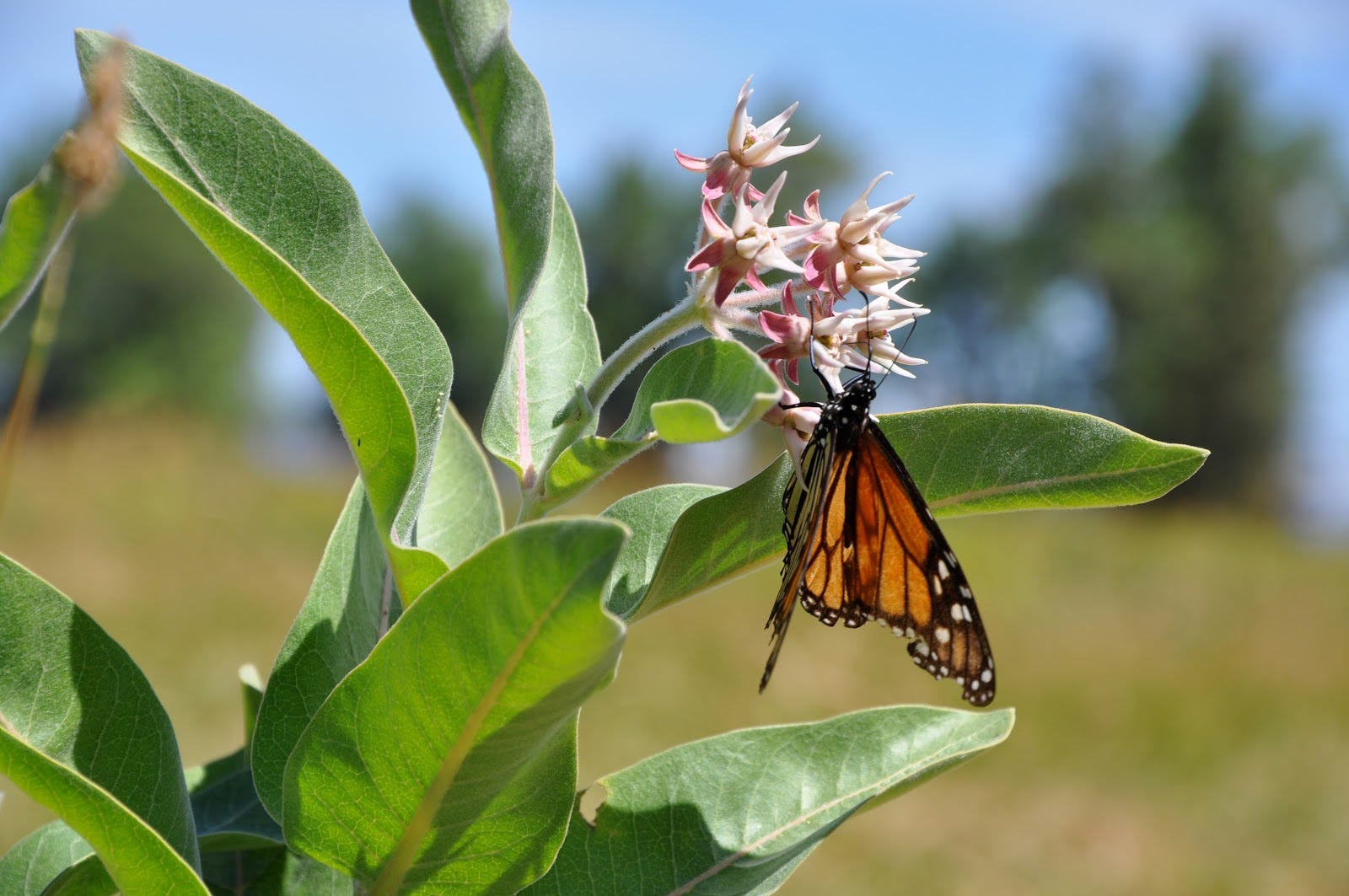|
Having trouble viewing this email? View it as a Web page. Check out our latest stories! Restoring the 'Galapagos of North America': California's Channel Islands Considered by many to be the 'Galapagos of North America,' the Channel Islands is host to myriad plants and animals
By Ashley Spratt Off the coast of California, a string of islands rise above the waves. Shaped by millions of years of tectonic, volcanic, and climatic events, the Channel Islands have played host to myriad plants and animals. Some, like the pygmy mammoth, disappeared thousands of years ago, while others, like the island fox, are now thriving after narrowly escaping extinction at the turn of the 21st century. Considered by many to be the Galapagos of North America, these islands, designated a national park in 1980, have been used by humans for millennia. More than 250 years of hunting, ranching and human occupation on and around these islands led to the introduction of numerous non-native species. With that and contamination by the chemical compound Dichlorodiphenyltrichloroethan
Monarchs of the West need our help The deserts of southern and eastern California are home to a special kind of milkweed known as desert or rush
By Joanna Gilkeson Western monarchs are not as well-known as their eastern counterparts that migrate all the way to Mexico each year. The western population of monarchs overwinter along the Pacific Coast, but it's definitely not the only habitat they need. We wanted to share some of our favorite photos of these monarch butterflies, and the diversity of habitats (both expected and surprising) they use across the West. Check our blog on the conditions facing the Western monarch butterfly.
| ||||
Wednesday, February 21, 2018
Check out our latest stories!
Subscribe to:
Post Comments (Atom)









No comments:
Post a Comment